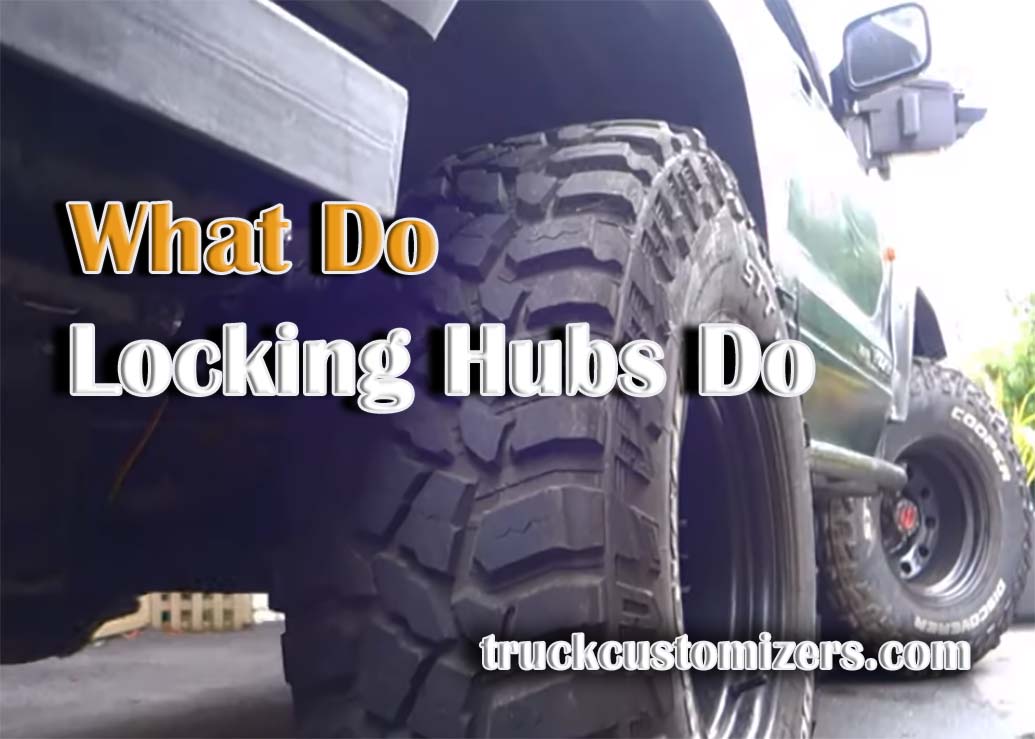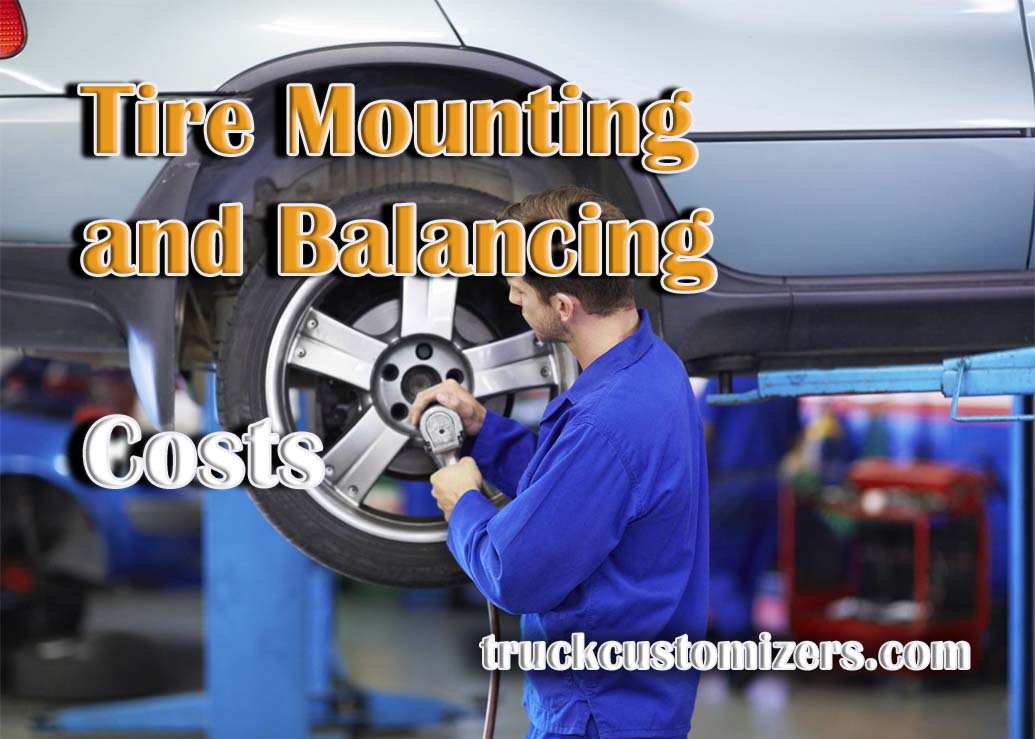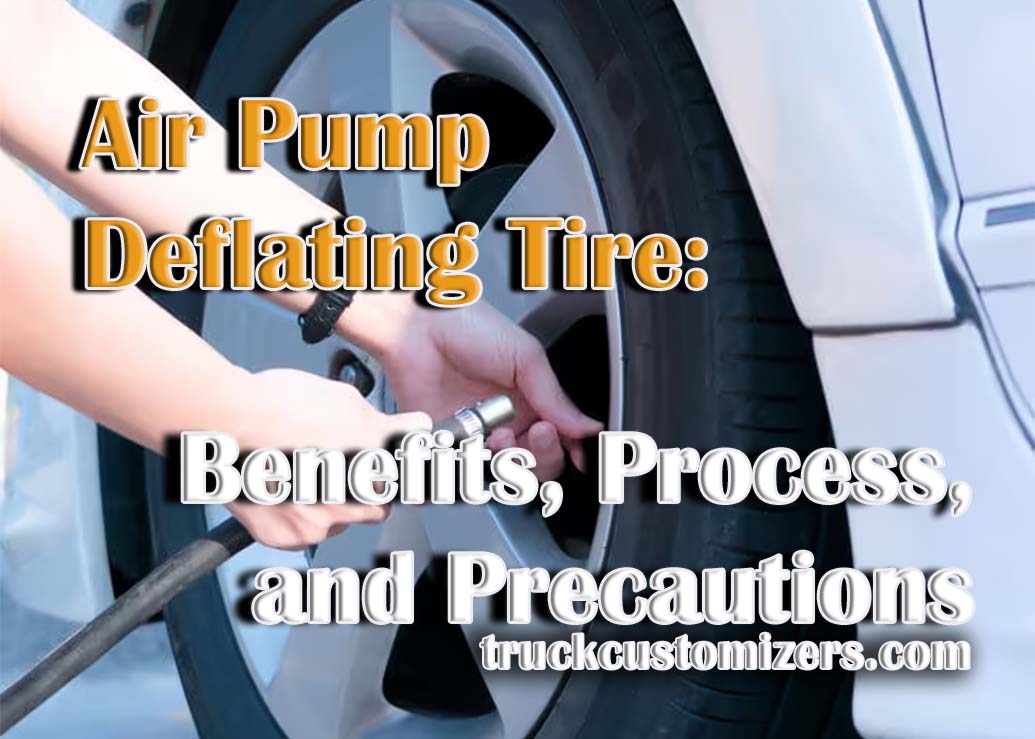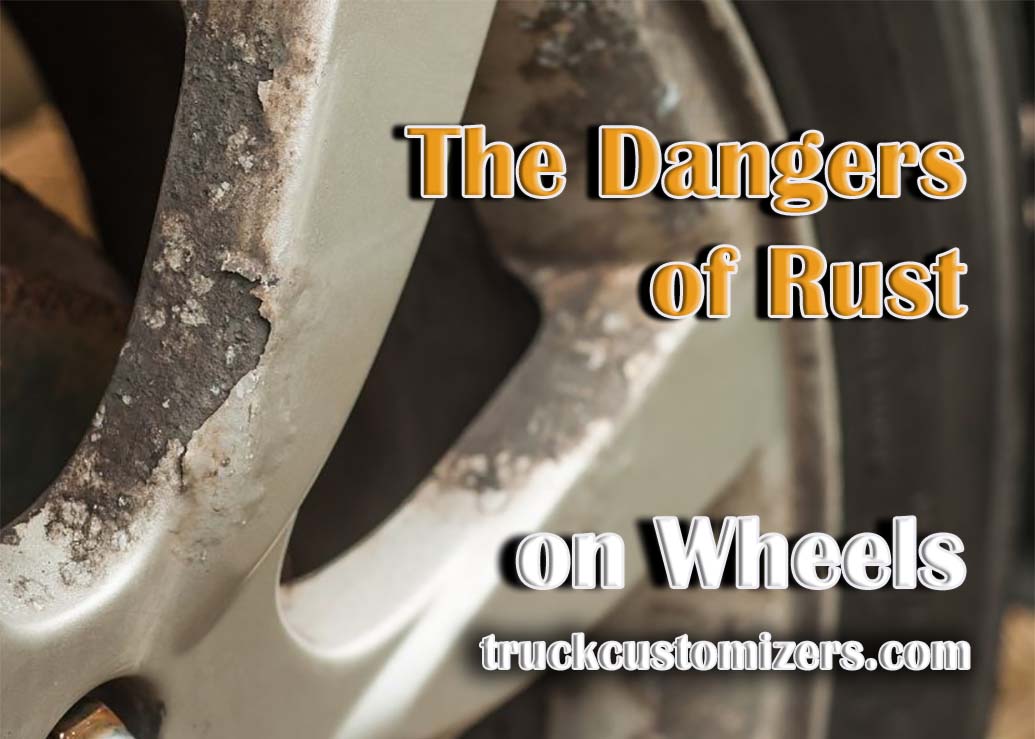Locking hubs, integral components of numerous four-wheel-drive vehicles, have evolved over the years to meet the demands of off-roading enthusiasts and regular drivers alike. Often termed as free-wheeling hubs, they facilitate a seamless transition between two-wheel and four-wheel drive. Engaging these hubs connects the front wheels to the drive shaft, permitting power transfer from the engine. Conversely, when disengaged, the wheels can rotate without drive shaft interference. This flexibility allows for enhanced fuel efficiency and reduced wear on paved roads, while still providing the rugged power needed for off-road adventures. The inception of locking hubs can be linked to the post-World War II era when 4×4 recreational vehicles began gaining popularity.
The Mechanics of Locking Hubs
At the core, locking hubs operate on a deceptively simple mechanism, yet their function is of paramount importance for the vehicles they are a part of. Comprised of two main sections, the inner and the outer, the state of the hubs depends on the alignment of these components. When these sections merge, the wheels and axles rotate synchronously, a state ideal for rough terrains where consistent traction is a necessity. In contrast, the unlocked state allows the wheel’s outer section to rotate freely, providing an optimal driving experience on regular roads, ensuring minimized resistance and wear. This dynamic mechanism underscores the significance of locking hubs in achieving a balance between efficiency and power in diverse driving conditions.
Comparing Locking Hubs to Full-time 4WD
Distinguishing between locking hubs and full-time 4WD systems is crucial for understanding their unique advantages and applications. Vehicles equipped with locking hubs generally feature part-time 4WD systems, granting the driver the discretion to switch between two-wheel and four-wheel drive. Meanwhile, vehicles with full-time 4WD are perpetually in a four-wheel-drive state, relying on a central differential to manage the power distribution among wheels. This differential ensures balanced power allocation, especially during turns, offering a smooth driving experience irrespective of the terrain. Understanding these nuances can significantly impact decisions related to vehicle purchases or upgrades.
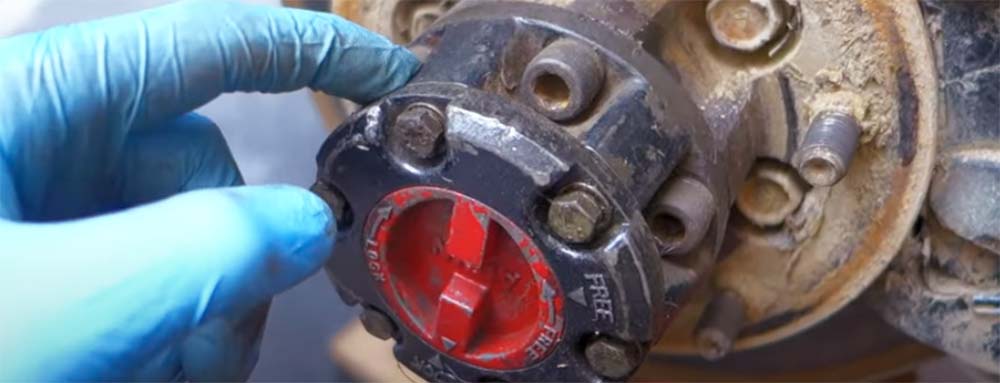
Advantages of Using Locking Hubs
Locking hubs are not mere mechanical components but offer a plethora of benefits to the vehicles they serve:
-
Enhanced Fuel Efficiency: Disengaging the hubs on regular roads reduces drivetrain resistance, contributing to better mileage.
-
Extended Component Lifespan: With reduced constant strain on the front axles and differential, the chances of premature wear diminish.
-
Versatility in Driving: Switching between drive modes allows adaptability, ensuring optimal performance across terrains, from highways to rugged paths.
-
Upgraded Vehicle Components: When enhancing a vehicle, especially trucks, it’s crucial to select quality components. For instance, if you’re interested in enhancing your truck’s towing capacity, considering the Best Shocks for Towing F150 is a wise choice, as detailed in another of our articles. Investing in quality upgrades can further improve the overall driving experience and longevity of the vehicle.
Common Myths and Misconceptions about Locking Hubs
Over the years, several myths regarding locking hubs have surfaced, leading to confusion and sometimes misuse. A prevalent belief is that locking hubs necessitate more frequent maintenance than their full-time 4WD counterparts. Contrarily, with periodic checks, these hubs can bolster vehicle efficiency and performance. Another widespread misconception is the idea of keeping the hubs constantly engaged. Such continuous engagement, especially on standard roads, can lead to unwarranted wear and decreased fuel economy. It’s imperative for users to discern facts from myths to harness the full potential of locking hubs.
Maintenance and Replacement Tips for Locking Hubs
Regular maintenance of locking hubs is essential for ensuring their longevity and optimal performance. It’s advisable to periodically inspect them for any signs of wear or damage, especially after off-road excursions. Cleaning them to remove dirt, grime, and other contaminants is also crucial. When considering replacement, it’s essential to choose quality parts that are compatible with the specific vehicle model. It’s often beneficial to consult the vehicle’s manual or seek expert advice before making a decision. Proper care and informed choices can significantly extend the life and efficiency of locking hubs, ensuring a balanced driving experience across diverse conditions.
